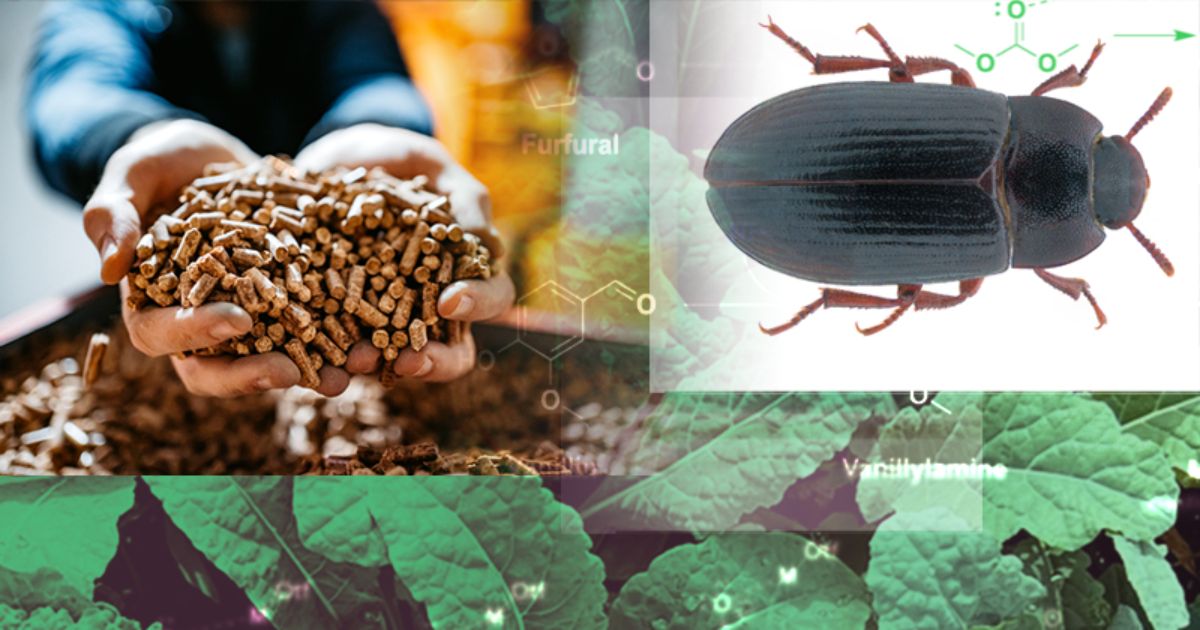
Category: Entomology and Wildlife Ecology

Modern-day alchemy
September 26, 2024 Written by Karen B. Roberts | Photo composite by Jeffrey C. Chase
Related News
-
Peep into learning
June 25, 2025 | Written by Michele WalfredDelaware’s 4-H Embryology Program brings baby chicks all across Delaware classrooms, libraries, afterschool programs and other locations as part of an emphasis on STEM (science, technology, engineering and math). The program has delighted thousands of students for years, imprinting upon young minds a memorable experience of nature and science. The impact is powerful, reaching 42,000 participants in the past five years. -
Lose the lawn, for Earth’s sake
June 20, 2025 | Written By Kathleen M. Doyle Kent County Master GardenerLawns are the most irrigated “crop” in the U.S, covering approximately 40 million acres of land — twice as much as our national parks. They provide no nourishment to any species (except Japanese beetles), and they degrade the soil and watershed due to their shallow roots and the chemicals property owners use to kill weeds and insects and to maintain the color. While patches of lawn are useful for children and pets, most homeowners blanket their property with turf. The impact of this monoculture of lawn devastates the environment. -
Insects are dying: here are 25 easy and effective ways you can help protect them
June 17, 2025 | Written by Tess McClure and Patrick Greenfield | The GuardianEntomologist Doug Tallamy, University of Delaware TA Baker Professor of Agriculture and Natural Resources, was interviewed by The Guardian about what people can do to save the declining number of insects around the world. Tallamy recommends planting native plants so local insects have food to go to. Tallamy said certain plants, called “keystone plants” not only support insects, but the birds that eat those insects.
View all news
Tags
- Pesticides
- Entomology and Wildlife Ecology
- Pest Management
- Sustainable Production Systems
- Plant and Soil Sciences
- Animal and Food Sciences
- 4-H Youth Development
- Nutrition, Food Safety and Wellness
- Doug Tallamy
- Applied Economics and Statistics
- Lawn and Garden
- Alumni
- Undergraduate Majors
- Master Gardeners
- Environmental Stewardship
- Graduate Programs
- Center for Experimental and Applied Economics
- Agriculture and Natural Resources
- UDairy Creamery
- Insects
- Landscape Architecture
- Internships
- Health and Wellbeing
- Carvel-Research
- Rodrigo Vargas
- Nutrient Management
- Master Naturalist Program
- Master Wellness
- CANR Abroad
- Rice Paddies
- Equine Science
- Chris Williams
- Undergraduate Students
- irrigation
- Health Insurance
- Plant and Soil Sciences
- Extension Animal Science
- Research
- UD Waterfowl
- UD Fresh to You
- Forest Fragments in Managed Ecosystems
- Turfgrass
- One Health
- Master Gardener Book Reviews
- Weed Science
- MS Soil Science
- Greenhouse Gases
- Dining with Diabetes
- Delaware FitBiz
- Well Connected Community
View more tags
